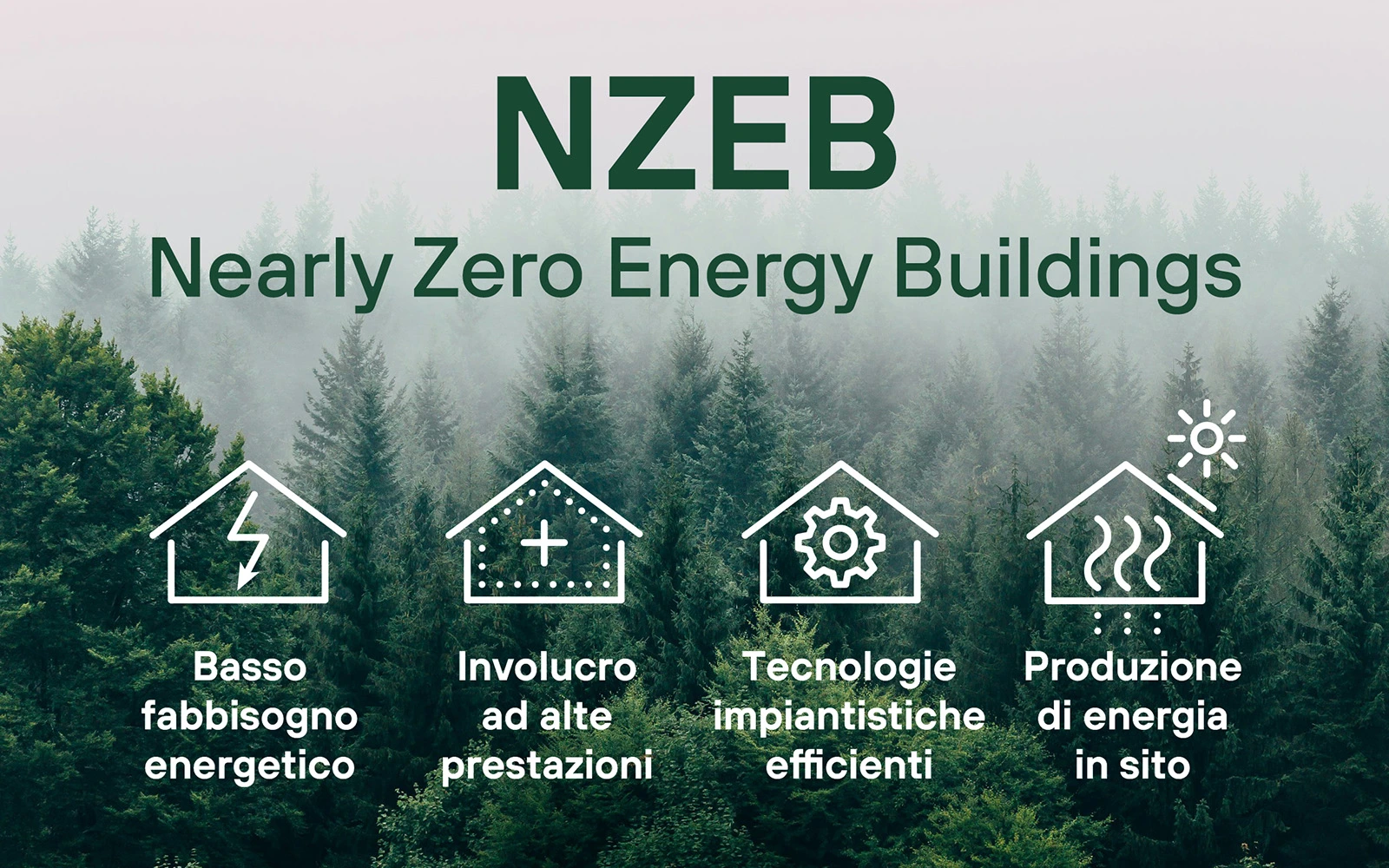13.03.2025
Environmental Standards for Construction Companies: Key Regulations and Compliance
The construction industry is one of the largest contributors to global carbon emissions, resource consumption, and waste generation. To minimize its environmental impact, governments and organizations worldwide have established strict environmental standards that construction companies must follow. Understanding these regulations is crucial for compliance, sustainability, and long-term business success.
1. Key Environmental Standards in Construction
Several international and national standards define sustainable practices in construction.
- ISO 14001 (Environmental Management System) – This global standard outlines requirements for an effective environmental management system (EMS), helping companies reduce waste and emissions.
- LEED (Leadership in Energy and Environmental Design) – A widely used certification assessing buildings based on energy efficiency, water conservation, and materials sustainability.
- BREEAM (Building Research Establishment Environmental Assessment Method) – A European standard evaluating buildings based on lifecycle environmental performance.
- Example: The Burj Khalifa in Dubai incorporates LEED-certified materials and energy-efficient systems, reducing its environmental footprint.

2. Regulations on Carbon Emissions and Energy Efficiency
- The construction sector accounts for nearly 40% of global CO₂ emissions, with concrete and steel production being the biggest contributors.
- Governments are enforcing carbon caps and energy efficiency requirements for new buildings.
- Example: The European Union's Nearly Zero-Energy Buildings (NZEB) directive mandates that all new buildings must have extremely low energy demand by 2030.
Best Practices:
✔ Use low-carbon materials (e.g., green concrete, recycled steel).
✔ Incorporate solar panels, smart grids, and insulation to improve energy efficiency.
✔ Adopt carbon offset programs to neutralize emissions.

3. Waste Management and Recycling Requirements
- Construction waste accounts for 35% of global landfill volume.
- Many countries require companies to implement waste reduction and recycling plans.
- Example: Sweden recycles 98% of its construction waste, using it for roadbeds and new buildings.
Best Practices:
✔ Use modular construction to reduce on-site waste.
✔ Implement deconstruction strategies instead of demolition.
✔ Reuse bricks, wood, and metals from old buildings.
4. Water Conservation and Pollution Control
- Construction sites contribute to 30% of water pollution globally through runoff and chemical spills.
- Regulations require stormwater management plans and the use of water-efficient systems.
- Example: Singapore’s Marina Barrage incorporates rainwater harvesting, reducing water waste.
Best Practices:
✔ Install low-flow fixtures and water recycling systems.
✔ Use non-toxic materials to prevent water contamination.
✔ Implement green roofs and permeable pavements to absorb runoff.

5. The Future of Environmental Compliance in Construction
Governments are tightening regulations to ensure net-zero emissions by 2050. Construction companies must adopt green technologies and sustainable practices to stay compliant and competitive.
- Smart buildings with AI-driven energy management will become the norm.
- Biodegradable materials and 3D-printed structures will reduce waste.
- Example: The Edge (Amsterdam) is considered the world’s greenest office building, using 70% less energy than traditional buildings.
Environmental standards in construction are evolving rapidly, and compliance is no longer optional. Companies must adopt sustainable materials, energy-efficient designs, and waste management strategies to meet regulations and reduce their environmental impact. By doing so, they not only avoid fines and legal issues but also position themselves as leaders in green construction.
How Platforms Like Plandi.io Support Compliance
Meeting environmental standards often requires specialized equipment and materials. Platforms like Plandi.io simplify this process by connecting construction companies with sustainable building solutions.
Plandi.io offers a wide range of industrial-grade products, BIM models, and eco-friendly materials that align with international environmental standards. By streamlining sourcing and design, the platform helps companies meet regulatory requirements while optimizing costs and efficiency.
The article was useful to you?
2
10
0